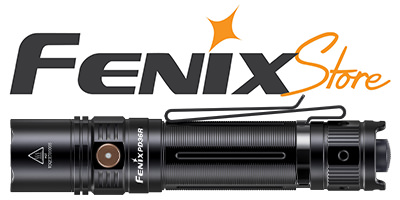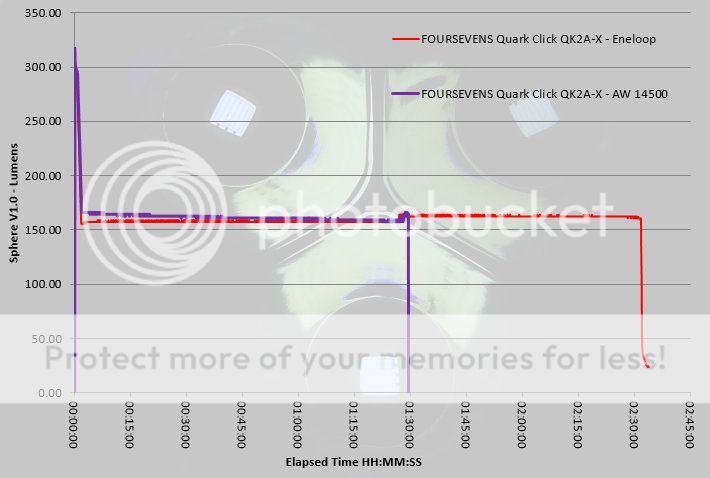Barbarin
Flashlight Enthusiast
Thanks to my job I do have access to many integrating spheres and photogoniometers. Real, accurate, expensive and calibrated ones. To give you an idea, during the last 24 months I bought more than ten complete labs for one of my customers.
Most of the time I use this equipments for "boring" light sources like tubes, downlights, streetlights... things like that. Sometimes I use them for my own flashlights, the ones I make as a hobbyist, but lets say that I never used them for flashlights I have bought. But lately I had some spare time, and I have found that many respected brands are still more than optimistic when it comes to declare their lumen output. Why?
I can understand the market pressure is high. I could say that no one of the well known reviewers have a serious integrating sphere, but they do their best with "lumen box" devices. A real integrating sphere with the software, sensor.. will range from 4000US$ to 10000US$. The smallest photogoniometer will be well over that price tag. And you will need some room at home, even a whole small room.

*This is the minimum equipment you need to test seriously a small light source.
What is the problem with "lumen boxes"? I think the problem is the calibration. If you think that 45 lm are 75 lm, all your measurements will be wrong. But reviewers, with their best will. get a light source and some numbers that they believe they real, BUT in fact as many companies are cheating is difficult to find a calibrated light source. A small 50 watt calibrated bulb will cost you at least 150 US$, and you will need a very accurate power supply to feed it with the exact current that is supposed to give you that lm and TºK.
Now lets take a look at one of my results. A well known, well respected flashlight brand. I would say among to top ten. And honestly, is a very good light, with excelente finish on everything and seems to be made really thinking about quality... BUT what happens when it comes to declared values? This one is supposed to be almost 900 lm on turbo mode. With a single 18650 and 2020 mA on the tailcap seems quite difficult to believe. Here is the result, of a 30 minutes test.

I'm not saying they are not greatly made lights, but it is just disappointing to see that people who is doing their very best on every aspect of the light will be not serious when it comes to declare the results. And probably they will keep on doing this as long as the reviewers won't be equipped with all that expensive stuff.
Regards,
Javier
PD: EVERY TEST HERE PUBLISHED IS DONE WITH FULLY CHARGED 18650 PANASONIC BATTERIES, AND STARTS AT T=0.
update, 31-III-2017. Two 10 minutes runtimes charts:

This one, another well known manufacturer, with quality made products, again fails when it comes to declared performance. They are announcing 1200 lm. Current at the tailcap on that "turbo mode" is a ridiculous 4415 mA. From a single 18650 .

On this one I will tell the name of the manufacturer and model, because what they claim is real. Is a Sunwayman C20C. A small light I own and usually is with me. Tailcap current is 1300 mA. Also turbo mode.
Most of the time I use this equipments for "boring" light sources like tubes, downlights, streetlights... things like that. Sometimes I use them for my own flashlights, the ones I make as a hobbyist, but lets say that I never used them for flashlights I have bought. But lately I had some spare time, and I have found that many respected brands are still more than optimistic when it comes to declare their lumen output. Why?
I can understand the market pressure is high. I could say that no one of the well known reviewers have a serious integrating sphere, but they do their best with "lumen box" devices. A real integrating sphere with the software, sensor.. will range from 4000US$ to 10000US$. The smallest photogoniometer will be well over that price tag. And you will need some room at home, even a whole small room.

*This is the minimum equipment you need to test seriously a small light source.
What is the problem with "lumen boxes"? I think the problem is the calibration. If you think that 45 lm are 75 lm, all your measurements will be wrong. But reviewers, with their best will. get a light source and some numbers that they believe they real, BUT in fact as many companies are cheating is difficult to find a calibrated light source. A small 50 watt calibrated bulb will cost you at least 150 US$, and you will need a very accurate power supply to feed it with the exact current that is supposed to give you that lm and TºK.
Now lets take a look at one of my results. A well known, well respected flashlight brand. I would say among to top ten. And honestly, is a very good light, with excelente finish on everything and seems to be made really thinking about quality... BUT what happens when it comes to declared values? This one is supposed to be almost 900 lm on turbo mode. With a single 18650 and 2020 mA on the tailcap seems quite difficult to believe. Here is the result, of a 30 minutes test.

I'm not saying they are not greatly made lights, but it is just disappointing to see that people who is doing their very best on every aspect of the light will be not serious when it comes to declare the results. And probably they will keep on doing this as long as the reviewers won't be equipped with all that expensive stuff.
Regards,
Javier
PD: EVERY TEST HERE PUBLISHED IS DONE WITH FULLY CHARGED 18650 PANASONIC BATTERIES, AND STARTS AT T=0.
update, 31-III-2017. Two 10 minutes runtimes charts:

This one, another well known manufacturer, with quality made products, again fails when it comes to declared performance. They are announcing 1200 lm. Current at the tailcap on that "turbo mode" is a ridiculous 4415 mA. From a single 18650 .

On this one I will tell the name of the manufacturer and model, because what they claim is real. Is a Sunwayman C20C. A small light I own and usually is with me. Tailcap current is 1300 mA. Also turbo mode.
Last edited:



